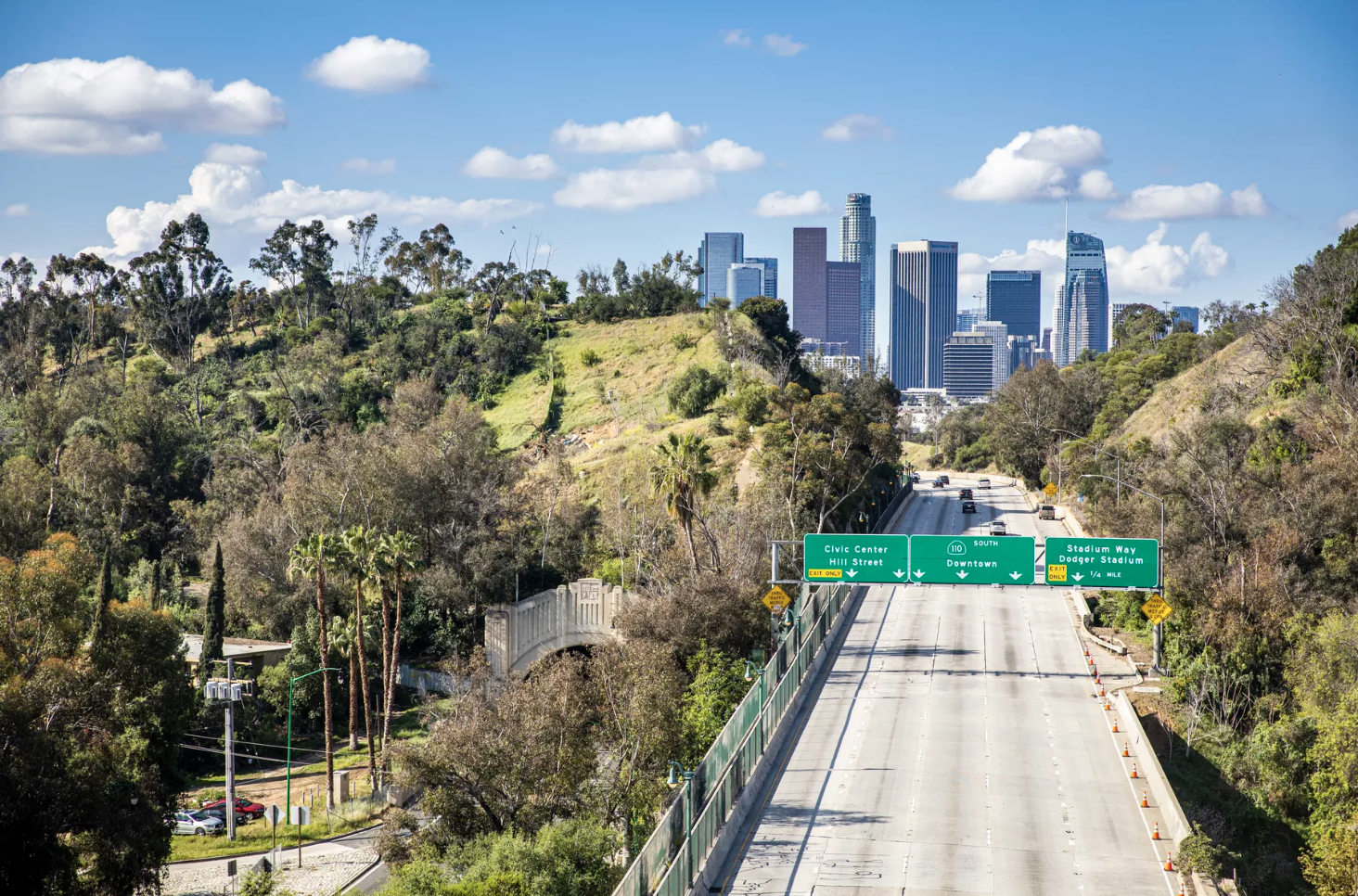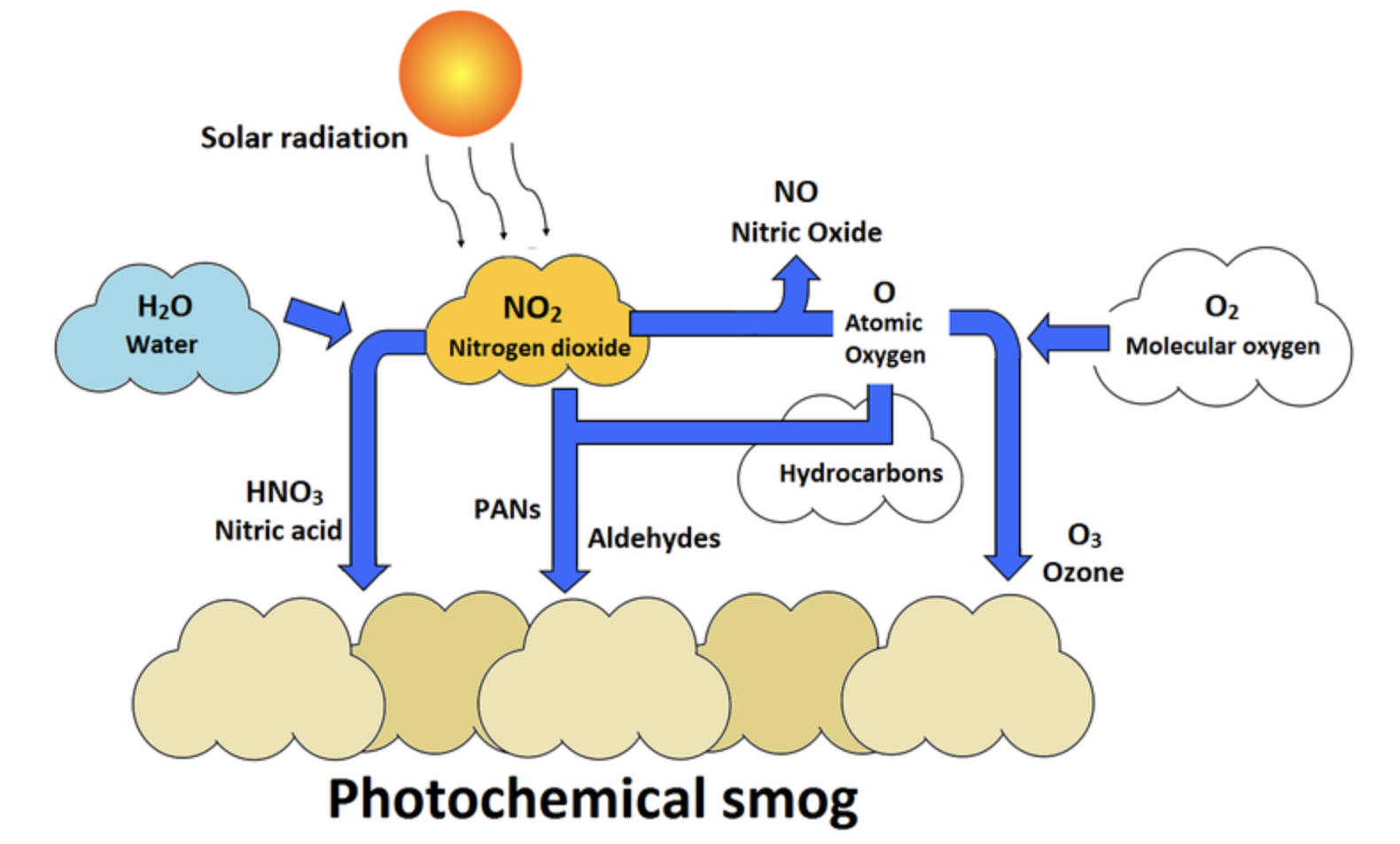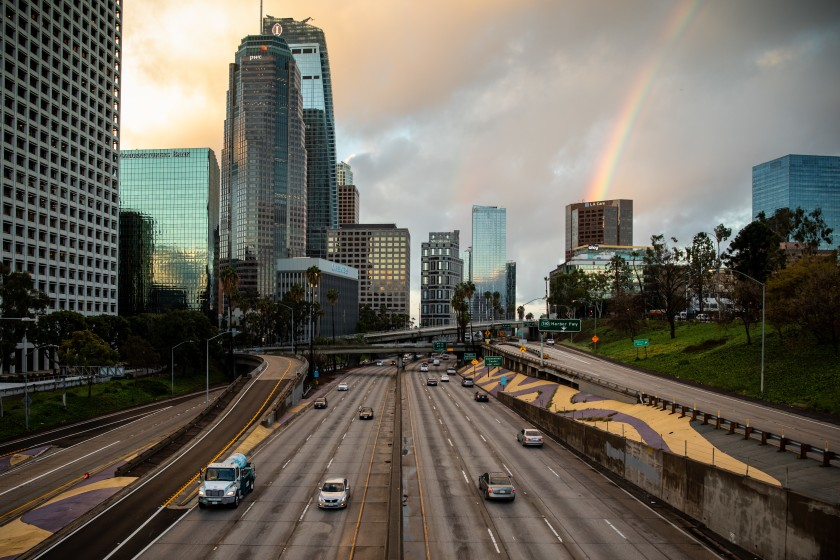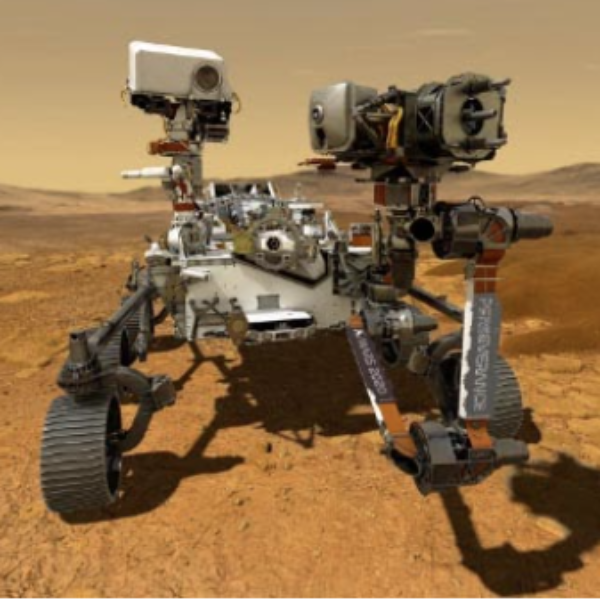
The Environment and the Effects of COVID-19
by Allen Choi and Payton Suh
Although the Coronavirus has brought shutdown to many parts of the world, many things, both good and bad, have happened to our Earth due to a decrease in human activity. Ever since we have been in lockdown, the Earth has been changing slowly in many ways. From CO2 emissions to the ozone layer, quarantine may be bringing a positive effect on the environment.
The Los Angeles Air Quality
The Coronavirus has brought many surprises, such as the sudden decrease in pollution in Los Angeles. From mid-March to early April 2020, one of the most polluted municipalities in the world had a sudden streak in good air quality. Studies show that Los Angeles air quality hasn’t been so good since 1980, over 40 years ago. The average bad air quality in Los Angeles was cut down by 20%. Researchers also found a drop of 40% in PM 2.5, which is a group of microscopic pollutants that can cause serious issues with respiratory and cardiovascular functions. PM 2.5 gets into the air through many sources; in Los Angeles, this mainly happens because of vehicle traffic. Since quarantine has encouraged people to stay at home, traffic has been reduced, which is why PM 2.5 levels have decreased.
The decreased pollution in Los Angeles gave the city some beautiful views. But unfortunately, all good things come to an end. Soon after the decrease in air pollution, Los Angeles’s good air quality streak has slowly gone back to normal. Some people claimed that Coronavirus had got rid of smog. Is this true? Not really. Even though being in quarantine contributed to decreasing pollution, being stuck inside our houses was not fully responsible for the clean and fresh air. Air quality experts say that stormy spring weather was another main contributor to why the Los Angeles sky was so clear. Another study shows that the good air streak came to an end because of a recent heatwave, which created unhealthy smog levels again. We do have to remember that the Los Angeles basin traps both water vapor via our regional marine layer, particulate matter, and emissions, creating smog. Health officials suspect worse air quality as we head into the hotter summer months. So, did quarantine cause the air in Los Angeles to become more clear? Not exactly, but being in lockdown surely did make a good impact on our air quality. Perhaps we can maintain some of the improvements if we continue to reduce our driving and industrial emissions.


The Arctic Ozone Layer
Recently, there have been reports from NASA about changes in the ozone layer over the Arctic. The ozone layer sits in the stratosphere and is very important to the planet. Ozone consists of three oxygen atoms, and ozone molecules are highly reactive. Although just three oxygen atoms, these atoms block ultraviolet radiation. The ozone level should be well-maintained because ultraviolet radiation can cause skin cancer, eye cataracts, genetic, and immune problems. Oftentimes, Dobson units are used to measure ozone levels. Unfortunately in the Arctic, the ozone layer in the stratosphere has been damaged quite a lot. In recent years, it’s become worse due to global warming. However, the ozone levels in March were at around 205 Dobson. This is low compared to last year’s ozone levels at this time. Seasonally, an Arctic “hole” appears in our protective ozone layer. Chemicals called chlorofluorocarbons have been destroying the ozone layer in the Arctic for the past century, eventually causing the famous hole that formed in Antarctica in the 1980s. In 1987, over 175 countries agreed to stop using these chemicals.
Astonishingly, in the last days of April, scientists announced that the Arctic “hole” had healed, according to Copernicus Atmosphere Monitoring Service. Experts say that this “healing” is most probably due to reduced industrial activity as well as reduced travel via cars and planes, although there is still not enough information to make an accurate claim.

CO2 Emissions
Over the past decade, annual CO2 emissions have increased by 1% (excluding 2019). CO2 is important for the carbon cycle, especially to green plants. Green plants use CO2 to create glucose, which plants need for survival. But CO2 is also a greenhouse gas, this means that it contributes to global warming. When cars use fossil fuels to run them, CO2 or carbon dioxide, is released into the atmosphere. Even the slightest increase in CO2 causes the Earth to get warmer.
Since being told to stay in our homes, fewer cars roam the streets. Because of this, there has been a decline in CO2 emissions, which is beneficial to the environment in the sense that it helps fight against global warming. Recently, daily global CO2 emissions have fallen by an average of 17%, compared to the Spring of 2019.
Wild Animals Take Over
In some major cities, as people stay in their homes, animals have begun to explore areas that they were once too afraid to venture into. In some cities, wild animals have been seen on the streets. In Nara, Japan, about 100 deer were spotted walking in the city. Mountain goats were found walking on the streets in Llandudno, Wales because of the lack of people. There are also many other animals that are walking into the road such as boars, coyotes, alligators, hippos, and, in Chile, even pumas. Sadly, some animals who live in or near cities have grown dependent on humans as sources of food handouts. Fox News reported that hungry monkeys have been sighted fighting for food in the cities of Thailand and India. Hopefully, as lockdown restrictions begin to be eased, animals and humans can find away to peacefully co-exist in high population areas again.
Conclusion
We hope this article gives you good information on some of the recent changes in the environment. – Payton Suh and Allen Choi
Sources Used
https://www.gqmiddleeast.com/culture/is-the-coronavirus-lockdown-actually-healing-the-planet
https://www.cbsnews.com/news/arctic-ozone-hole-largest-closed/
https://www.foxnews.com/science/coronavirus-pandemic-wild-animals-walking-through-streets
https://www.nature.com/articles/s41558-020-0797-x




